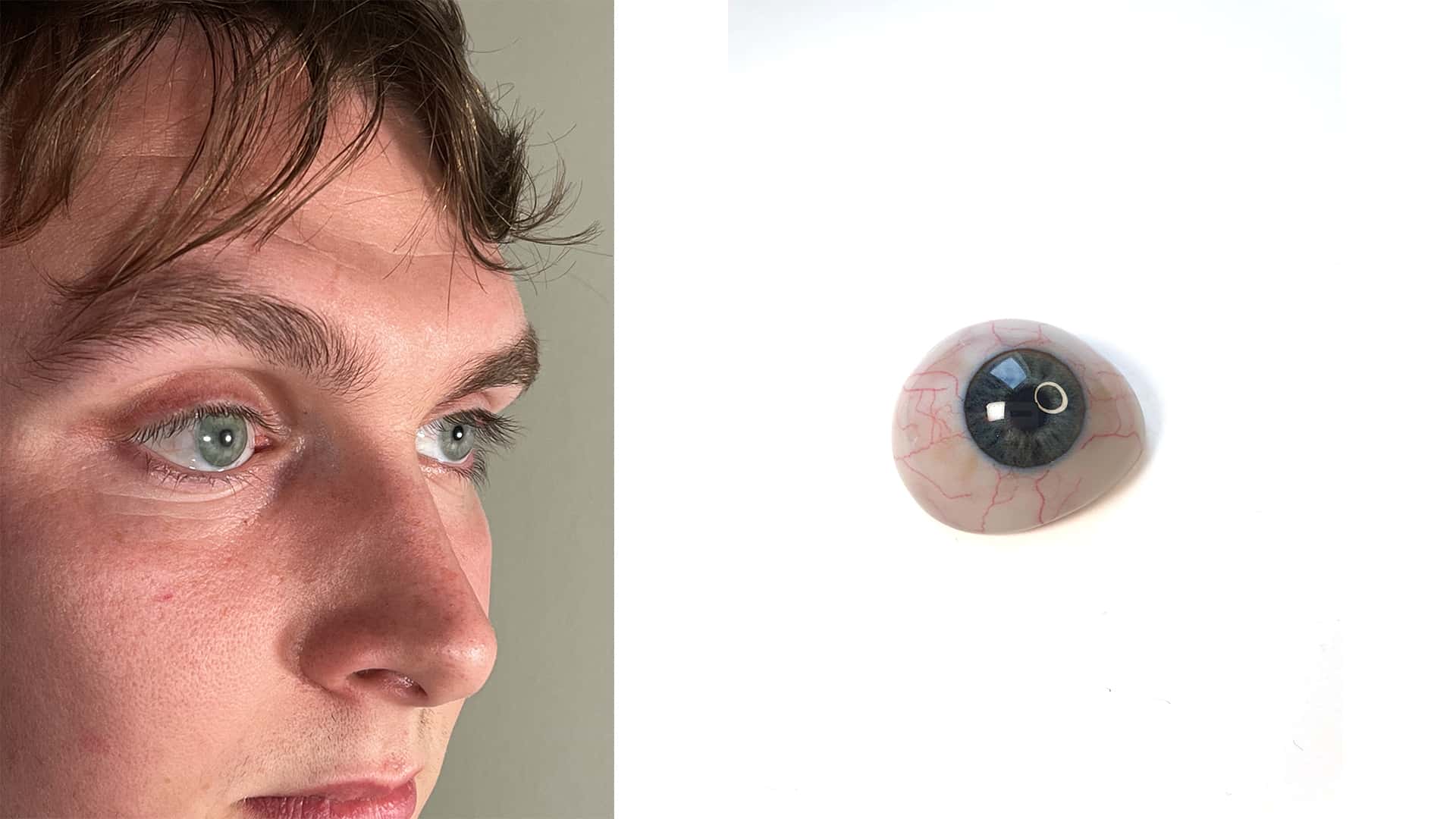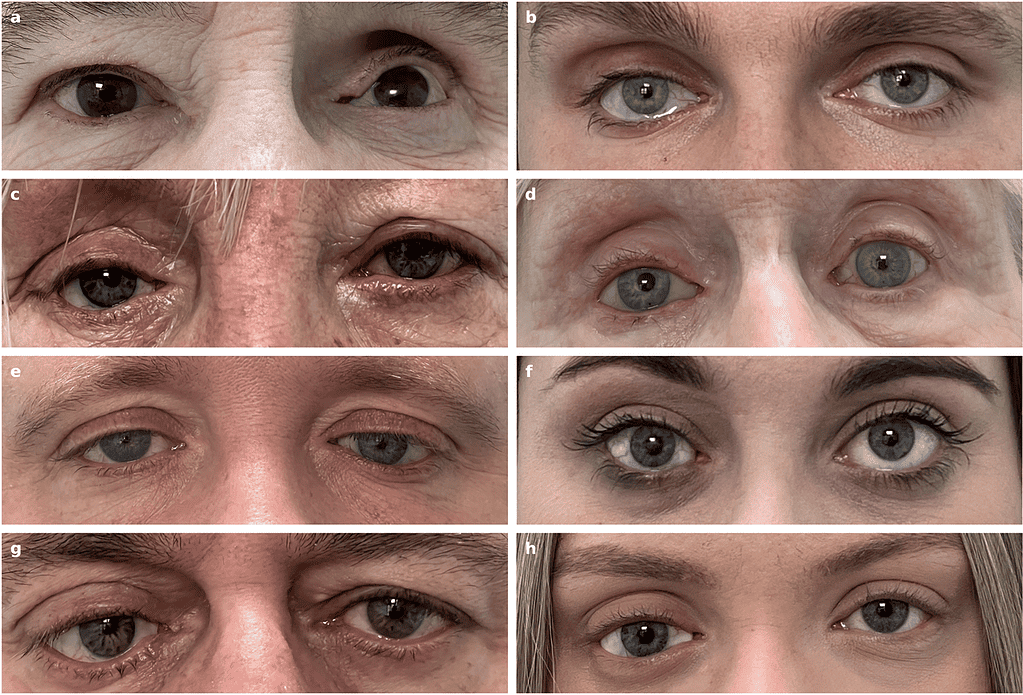
A new study unveils a faster, less labor-intensive approach to crafting prosthetic eyes, marking a significant leap forward from traditional methods that have remained unchanged for decades. The 3D-printed prosthetics are modeled to fit perfectly into the user’s eye socket, and look as lifelike as possible, by using scans of the other functioning biological eye.
Feeling complete again
Globally, approximately eight million individuals rely on prosthetic eyes. While these prosthetics are not functional like limb prosthetics, they have immense value for their users, providing much-needed psychological comfort.
“Eye loss is so difficult for everyone, no matter if they lose their eye to trauma, from a disease… or if it’s something that’s more immediate. It’s hard,” says Lindsay Pronk, an ocularist with the University of Iowa Hospitals & Clinics who was not involved in the current study.
“It’s not just the loss of depth perception; it’s a loss of self-esteem and self-confidence. The best part of my job is helping people get back to life, so that it’s not something that they think about.”
The demand for ocular prosthetics is high, a need that can be traced back to antiquity. The oldest artificial eye was found still locked in a skull in Iran dating to between 3000 and 2900 BCE.
The making of a prosthetic eye: traditionally expensive and cumbersome

The first step in creating a prosthetic involves taking a mold of the area where the prosthetic will be placed. For larger facial areas, a combination of silicone and alginate is used. Alginate, also commonly used in dentistry, is specifically used for creating molds of the eye area. It can be recognized by its pink or blue color.
To accurately replicate an eye, the alginate mixture is thinned out more than typically seen in dental applications. An ocular impression tray, resembling a small, upside-down golf tee, is positioned over the patient’s eye. The liquid alginate is then gently applied over the eye’s surface to form a mold. This process can be quite uncomfortable, almost like rubbing sandpaper over an open eye, and it may require several attempts to achieve the correct mold.
After obtaining the mold, multiple appointments are scheduled to refine a wax model of the eye. This model is carefully sculpted and adjusted to ensure that the prosthetic eye will look natural and align properly with the patient’s gaze. Finally, a permanent version of the prosthetic eye is made from acrylic, which is then meticulously painted to match the patient’s other eye.
This traditional, multi-step process for making a custom ocular prosthesis is extremely painstaking and expensive. Typically, it requires over eight hours of meticulous, skilled manual labor. Not a lot of clinics offer this service despite rather high demand. Moreover, the eye prostheses are often of inconsistent quality.
A Leap Towards Innovation

Johann Reinhard and his team of researchers at the Fraunhofer Institute for Computer Graphics Research in Germany have pioneered a digital process that drastically reduces the time and labor needed to produce ocular prostheses. They employed an optical coherence tomography (OCT) device to scan the eye sockets and healthy eyes of ten patients. This approach automatically shapes the prosthesis to perfectly fit the patient’s eye socket.
What stands out is the use of color images to create textured 3D models, which are then brought to life with a multi-material 3D printer in vibrant full color. The print time for a single prosthesis is only about 90 minutes. And 100 prosthetics printed at the same time on an assembly line takes 10 hours. The resulting artificial eyes closely mimic the natural eye’s color, size, and structure, especially the iris and sclera, with only minimal adjustments needed by an ocularist post-printing. The prosthetic is biocompatible.
This digital fabrication method represents at least a quintuple reduction in labor compared to conventional practices, offering a more standardized and reproducible outcome. It may also extend the availability of prosthetic eyes to patients previously considered ineligible, such as children. Currently, about 80% of those in need of an ocular prosthesis could benefit from this digital approach, although challenges remain for those with particularly complex socket shapes or specific eye conditions.
The prostheses are now being examined in an ongoing clinical trial at Moorfields Eye Hospital NHS Foundation Trust.
The procedure was detailed in a new study that appeared in Nature Communications.









